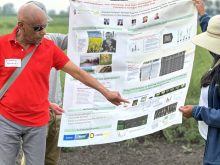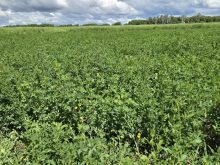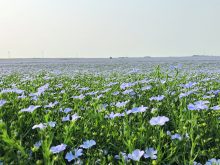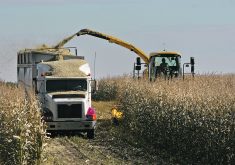Fusarium head blight (FHB) and the mycotoxin it causes, especially deoxynivalenol (DON), can be a serious economic detriment to producers. It reduces yield and grain grade, as well as contaminates the grain, making it dangerous for human and animal consumption.
Infected wheat kernels, known as Fusarium damaged kernels (FDK), can be visually assessed by a producer, typically appearing chalky white, shrunken and sometimes covered in pink or white mycelium. But other cereals aren’t as easily assessed, such as barley, which has a hull that hides the infection.
The visual assessment is also subjective, labour intensive and misleading as contaminated kernels can appear healthy.
Read Also

Europe holds promise for Canadian lentils
Pulse Canada is trying to help boost lentil consumption in Europe, which is already the fourth largest market.
Sheila Andrade, a PhD student at the University of Saskatchewan, has been working on developing a method of detection to ease the struggles of producers, agronomists and industry.
“DON is measured by chromatography and immunological methods,” she explained during her presentation at the Pan-American Light Sources for Agriculture conference. “Which is costly, destructive and also time consuming…. Because the disease affects kernel development, DON and FDK are downgrading factors, and usually FDK is used as a proxy for DON contamination.”
However, these correlations are not consistent, and contamination is affected by the genotype isolate and the time of kernel infection. Because of this, Andrade has been studying an alternative method of detection.
The objective of her work has been to employ synchrotron-based x-ray phase-contrast computed tomograph at the Canadian Light Source (CLS) to measure the morphological parameters of Fusarium-infected wheat kernels, to correlate those parameters with DON contamination, and also compare the morphological FHB symptom differences between durum and bread wheat.
Once there is understanding of these parameters and the images, they can be used to inform machine-learning technology to create a easy disease detection method.
Research process
There were four varieties of durum wheat and five varieties of bread wheat varieties used in the research. Each variety was planted in field nurseries and inoculated with Fusarium graminearum at the flowering growth stage. When they reached maturity, they were harvested and then went to CLS for Andrade’s research.
The wheat spikes were placed in test tubes, and in batches of six they were scanned using the biomedical imaging beamline at CLS. This beamline enabled Andrade and her team to non-destructively view the wheat spike from different angles and digitally reconstruct the kernels in 3D.
From there, the tubes were seperated and individual kernels were isolated. Then, they were able to obtain the metrics to help FDK: total area, length, width and volume of the kernel, as well as shape factor, density, grey mass and thickness.
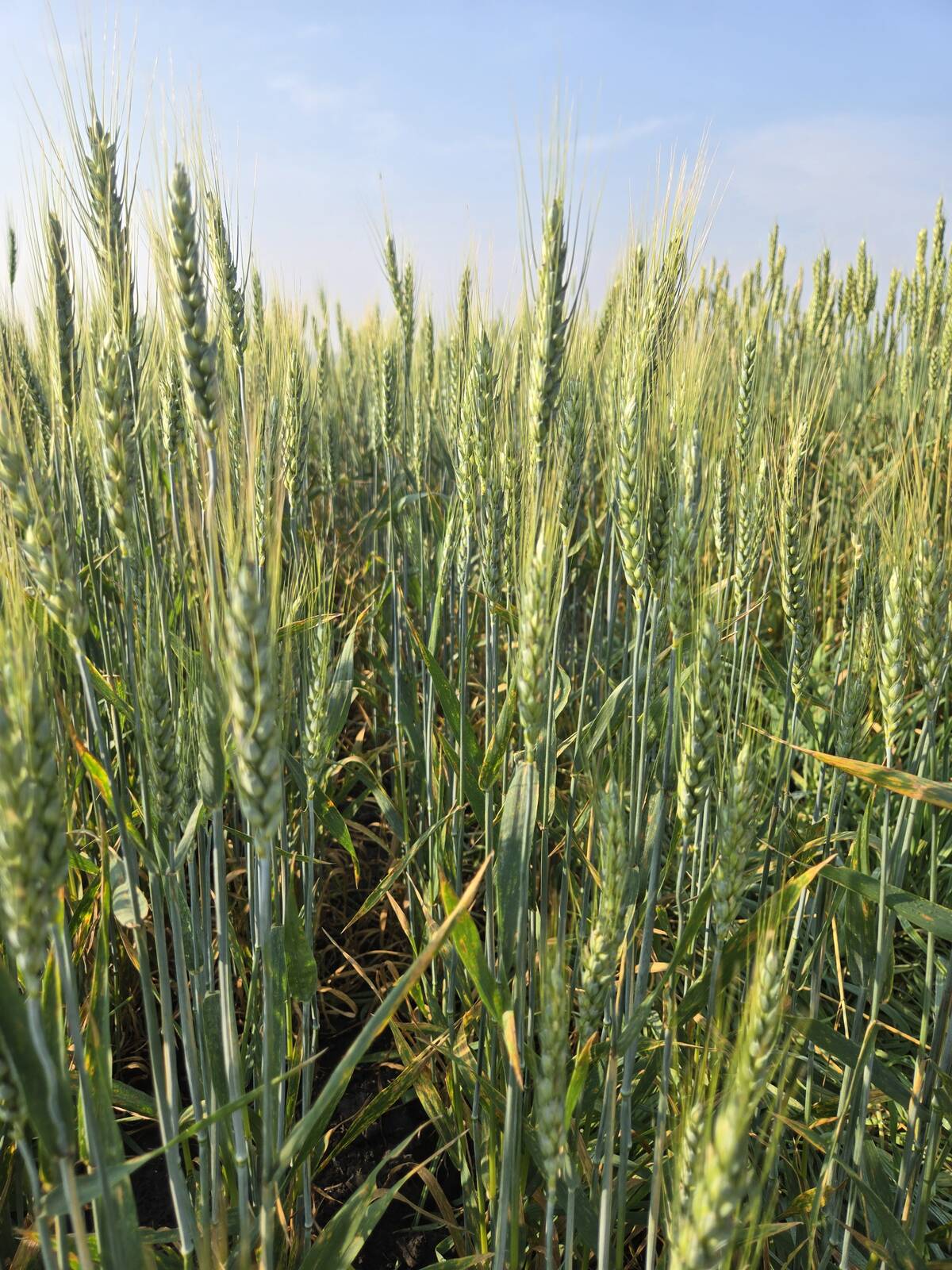
“After we finish all the image processing and the segmentation, we wanted to know how the kernel was contaminated, what was the level of contamination of each individual kernel,” Andrade said.
However, to determine the contamination, the team had to manually thresh the wheat spikes and ensure each kernel was labelled in correspondence to its image analysis. In total, they manually threshed 725 kernels that were classified into two groups.
“The first one, we had 369 kernels that didn’t show any DON, and they were classified as DON-free kernels. On the other hand, we had 356 kernels that showed the type of DON, and they were classified as DON-contaminated kernels.”
This information was analyzed to learn how the parameters would shift between contaminated and non-contaminated. Andrade explained that a significant difference was found between the groups for most parameters, except for length. The DON-free kernels had high values in most traits, except for shape factor, as expected.
There were also significant interactions with the wheat type, where the morphological differences were more evident in bread wheat.
Machine-learning model
By utilizing the imaging from the synchrotron beamlines, Andrade determined that average size, density, shape, length and grey mass were the most important features in determining DON-contaminated versus DON-free kernels.
“We have some interesting results showing that, for example, density and gray mass and sometimes shape differ between the infected and non-infected kernels,” she said. “This why we got this significant difference, and why we use those parameters to train a machine-learning model.”
Using this information, she and her fellow researchers input this into four different models to test. They use a code and their data sets to train the model, taking 70 per cent of the capacity for training and the remaing 30 per cent to test accuacy of the model. One model came out on top with an average accuracy of about 80 per cent.
It correctly classified 80 per cent of the DON-contaminated kernels and 82 per cent of the DON-free kernels. But it misclassified 70 per cent and failed to detect 20 per cent of the kernels.
Going forward
This was a “first step project” for Andrade. Its goal was to learn if X-ray images would be an effective way to seperate kernels. So far, it’s been a success.
She said the next goal would be to use a portable machine to first benefit wheat breeders, who have a lot of materials to analyze, which would eventually be used by agronomists, farmers and the industry.
A machine of this sort would be a game-changer in disease detection, helping better identify DON-contaminated kernels that may slip beneath the radar and cause a potential food security issues.
Andrade hopes that such a machine would be available in the next three to five years, if they’re able to base it on machines similar to those used in the lab right now. The team already works closely with members of the engineering department, who developed a lab-level, portable RGB camera of which she’d like to have something similar but for X-ray.
Potentially, there may be a need for combining more than one image type, such as X-ray and conventional photographic images, since colour can be important for identifying FDK.
Another part of the project is expanding it to other cereals. Andrade has recently started the process of imaging and analyzing barley, which once completed she’ll move on to others.
Barley is a priority grain since the hull of the kernel makes barley breeders, producers and industry “blind.”
“They don’t know what’s happening, so they need to test,” she said. “So, I think if we can use the X-ray image to predict the DON, it will be really useful for them, because they don’t have kind of the visual assessment to guide them.”
It’s proving to be a helpful tool for wheat, and Andrade thinks it may be even more helpful for barley producers.
But knowing what parameters work, much will be the same and easily applied to other cereals. The next ones will be quicker to image and segment than wheat, but will still take a while. Andrade has 1,500 samples, each with 100 seeds, from the last three years that need to be analyzed and identified.






